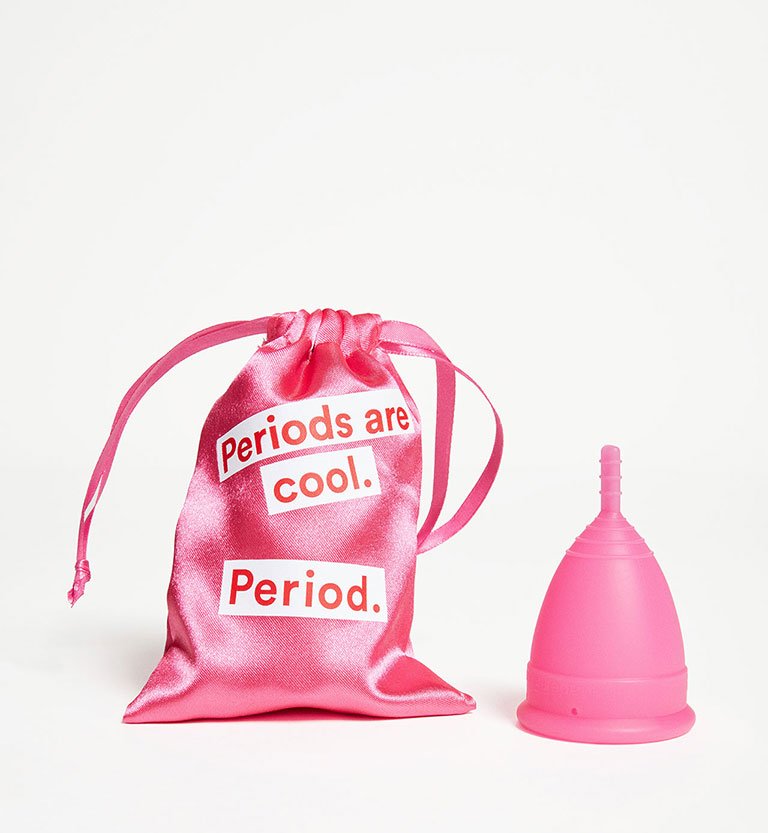Dr. Jamie Goldenberg is a Professor at South Florida University and her research focuses on questions surrounding human sexuality, culture, and existential anxiety. She talked with us about Becker’s ideas and female objectification, why culturally we have a problem with women’s bodies, and men’s efforts to control the reproductive rights of women.
Please tell us about your research that integrates existential and feminist perspectives, and how you think Becker’s work and this research contributes to our understanding of the patriarchy.
What I have tried to do with my research is use Becker’s ideas and Terror Management Theory to better unpack the psychological underpinnings of female objectification. We know that objectification is a pervasive phenomenon, but a lot of the research focuses on the consequences of objectification, not the causes. My research looks at the psychological explanations for objectification; specifically, the existential threat associated with the physicality of the body and sex. Becker talks about how anything that reminds us that we are physical creatures is existentially threatening because physical creatures die. This idea became the foundation for the research explaining humans’ defensive reactions to their own physicality.
Dr. Tomi Ann Roberts (Colorado College) and I then began to explore humans’ reactions to women’s bodies in particular. In The Denial of Death, Becker notes that there is an existential threat associated with women’s reproductive functions. We focused on what is unique to women’s bodies, such as menstruation, lactation, and pregnancy, and applied a terror management framework to understand that these aspects of women’s bodies threaten us because they remind us of our animal nature. Objectification can be understood as the antithesis to creatureliness. It takes something physical, and transforms it into something that is symbolic and no longer threatening. This solves the psychological problems associated with existential anxiety and the female body, but comes with a host of other problems for women.
How do female’s reproductive functions influence how women are treated by society?
Rituals and cultural attitudes towards women’s bodies vary across culture and time, but we can see that women’s reproductive functions are perceived as threatening and a source of female inferiority. Women, as opposed to men, have historically been viewed as being ruled by their physical bodies and as being weaker due to their reproductive burdens. For instance, the prevailing medical opinion of the 19th and early 20th centuries suggested that women were built around, and heavily influenced by, their reproductive hormones. There were, and still are, injunctions against contact with women during menstruation due to the belief that women are polluted and menstrual blood is a contaminant. In Western culture today we see photos of women breastfeeding getting taken down from Facebook and we sanitize and conceal our periods. We still have a problem with women’s bodies.
Objectification can be understood as the antithesis to creatureliness. It takes something physical, and transforms it into something that is symbolic and no longer threatening. This solves the psychological problems associated with existential anxiety and the female body, but comes with a host of other problems for women.
Based on your research, how do you think we can promote the positive well-being of women in the face of existential anxieties?
That is always the tricky part. It makes sense on a theoretical level that while aspects of women’s bodies are considered threatening, they also provide, in a sense, a solution to the problem. These so-called creaturely aspects of women’s bodies are all involved in the creation of life, and recognizing the life-creating potential of women’s bodies may offer a solution by confronting death with life head on. But if we promote the beautiful, life-giving aspects of women’s bodies to manage existential concerns, we are doing so in a society and culture where women’s reproductive elements are already tainted. It is optimistic to think that we can somehow promote the beauty of the life-giving processes in a non-threatening way given the cultural attitudes towards female reproductive functions. There is another possibility, which is not as optimistic. In one study, we showed women-objectifying images, and under these conditions, reminders of mortality did not reduce their comfort with doing breast self-exams. The breast exams were existentially threatening when they did not view objectified images, but objectification allowed them to approach physical aspects of their body in a more comfortable fashion. So maybe by keeping the female body slightly objectified, we can decrease how threatening women find their own bodies. This is, of course, a fine line to walk on, and not necessarily the solution I want to recommend, but by considering an aspect of one’s body beautiful it may make women more comfortable with it.
Do you think that this body of work can in any way help us understand the polarization around reproductive rights?
I think men’s efforts to control the reproductive rights of women make even more sense when considered from an existential perspective. If men are existentially threatened by women’s reproductive functions, then what better way to subdue that threat than by trying to control female reproduction? Furthermore, to the extent that women’s reproduction is intertwined with existential significance, whoever controls women’s reproductive rights controls something that is existentially important.
In Western culture today we see photos of women breastfeeding getting taken down from Facebook and we sanitize and conceal our periods. We still have a problem with women’s bodies.
How do you think that the consideration of the intersection of gender and race can be incorporated into future terror management theory research on gender relations?
In the past, we have considered race and gender separately and not the intersection of the two, so this is an important avenue for future research. It makes sense that there could be differences on how objectification influences members of different racial groups. There is research that illustrates people have different perceptions of creatureliness and dehumanization for different racial groups. Also, our existential perspective suggests that the extent to which you live up to cultural standards can provide protection from creatureliness concerns. European standards of beauty are oftentimes the cultural norm, and they emphasize skin color and hair types that exclude many women of color, so this may make women of color more susceptible to threats associated with the physical body.




